News & Articles
Browse all content by date.

Springtime has been something to look forward to since 2002 when the National Recording Preservation Board began announcing recordings to be included on its annual National Recording Registry, nominated by the public and chosen for inclusion “because of their cultural, historical and aesthetic importance to the nation’s recorded sound heritage.”
The list is always filled with treasures, and this year is no different.
In fact, this year’s listing hits a real milestone with the inclusion of Windom, Minnesota-native Maria Schneider’s 2004 Grammy Award-winning album Concert in the Garden, recorded with her 18-piece jazz orchestra.
Schneider has the distinction of being the first female jazz composer to have an album added to the registry.
“I am deeply moved to have this album that was artistically so fulfilling to make, honored in this magnificent way,” Schneider said. “Crowdfunded in 2003, years before the word ‘crowdfund’ was coined, and as the first release on the prescient label, ArtistShare, Concert in the Garden paved the way to artistic and financial freedom in recording. At the time, I had a sense it was making history, showing how when the internet opens up a two-way, direct and transparent connection between an artist and an audience with no intermediary, the artist can find financial independence and true artistic freedom.”
Concert in the Garden was the first album to win a Grammy without having been sold in stores, being only distributed through the internet.
Librarian of Congress Carla Hayden named this and 24 other recordings as aural treasures worthy of preservation because of their cultural, historical and aesthetic importance to the nation’s recorded sound heritage.
“The National Recording Registry is the evolving playlist of the American soundscape. It reflects moments in history captured through the voices and sounds of the time,” Hayden said. “We received more than 800 nominations this year for culturally, historically or aesthetically significant recordings to add to the registry. As genres and formats continue to expand, the Library of Congress is committed to working with our many partners to preserve the sounds that have touched our hearts and shaped our culture.”
Under the terms of the National Recording Preservation Act of 2000, the Librarian, with advice from the Library’s National Recording Preservation Board (NRPB), is tasked with annually selecting 25 titles that are “culturally, historically, or aesthetically significant” and are at least 10 years old.
More information on the National Recording Registry and how to nominate recordings can be found at loc.gov/programs/national-recording-preservation-board/about-this-program/.
The new recordings added to the National Recording Registry bring the total number of titles on the registry to 550, a small part of the library’s vast recorded-sound collection of nearly 3 million items.
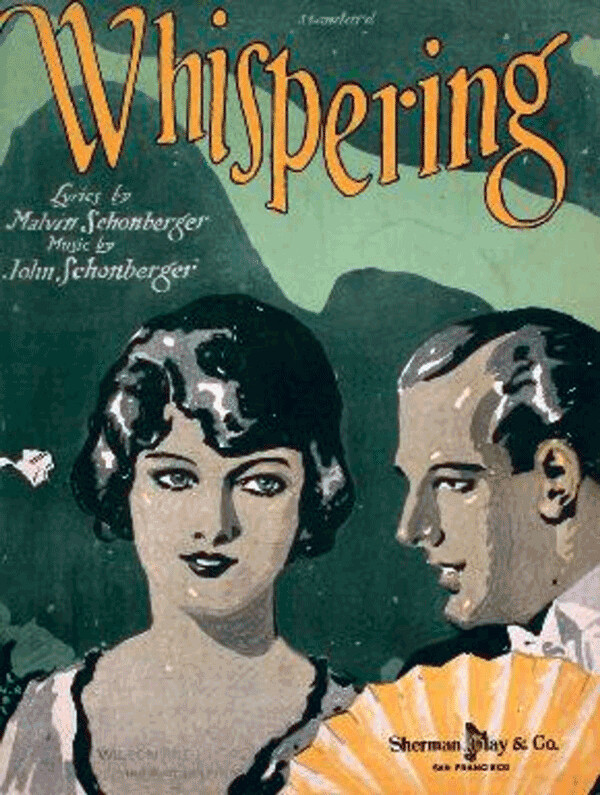
2019 National Recording Registry “Whispering” (single), Paul Whiteman and his Orchestra (1920): Whiteman’s blockbuster hit “Whispering” was the first in a long series of popular recordings that sharply defined a new style and direction in instrumental dance music — one that would have long-lasting effects. Though rather quaint to modern ears, “Whispering” was made at the pinnacle of up-to-date dance music and directly led to the Big Band Era. Among its attributes were bold, clean lines with the melody clearly in front. With his pianist-arranger, Ferde Grofe, and ace trumpet man Henry Busse, Whiteman would both codify a type of jazz and be popularly considered its king.

“Protesta per Sacco e Vanzetti,” Compagnia Columbia; “Sacco e Vanzetti,” Raoul Romito (1927): This 1927 release combines a spoken, dramatic set piece on it’s A side with a protest song on the B side. Both decry the impending execution of Nicola Sacco and Bartolomeo Vanzetti, two Italian American immigrants convicted of murder in 1920 but believed by many to have been railroaded because of their anarchist political beliefs.
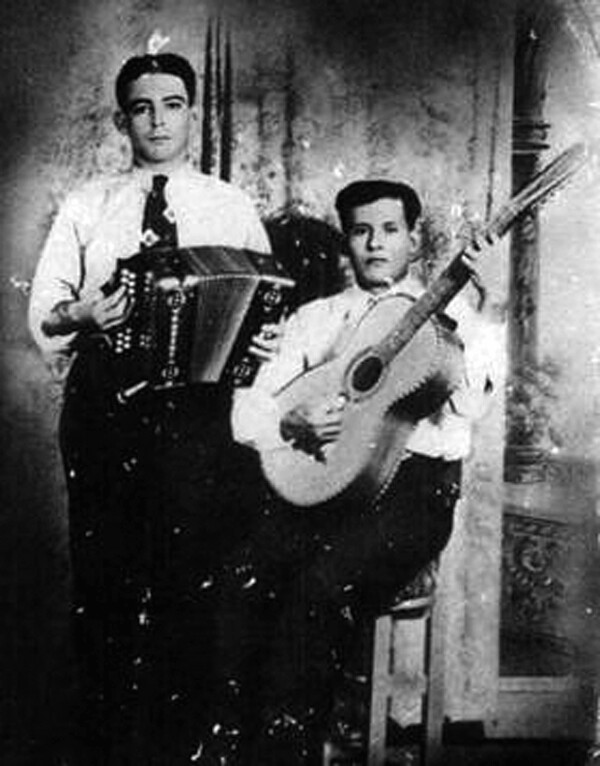
“La Chicharronera” (single), Narciso Martinez and Santiago Almeida (1936): Martinez and Almeida, two pioneers of Tex-Mex conjunto music, introduced the classic accordion (Martinez) and bajo sexto (Almeida) combination on this, their first recording for Bluebird Records. Martinez was known as the “Father of Conjunto Music” and had a long career in Texas. Almeida developed the bajo sexto guitar as the distinctive accompanying instrument in the classic conjunto style. Their music exemplified the blending of Central European instruments and dance genres with those of Mexican Texas that had been going on for at least a generation before they made their first recordings.
Arch Oboler’s Plays episode “The Bathysphere” (Nov. 18, 1939): Arch Oboler was one of radio’s great suspense writers, later bringing his talents to the terrifying and beloved Lights Out! radio program. Prior to that assignment, he helmed this eponymous series and one of his best known plays, “The Bathysphere.” “Bathysphere” concerns the descent of a diving bell to a depth of 3,200 feet with an unlikely two-man crew – a scientist and a dictator, one of whom may not be entirely trustworthy. Years later, Rod Serling would acknowledge Oboler as one of his greatest influences.
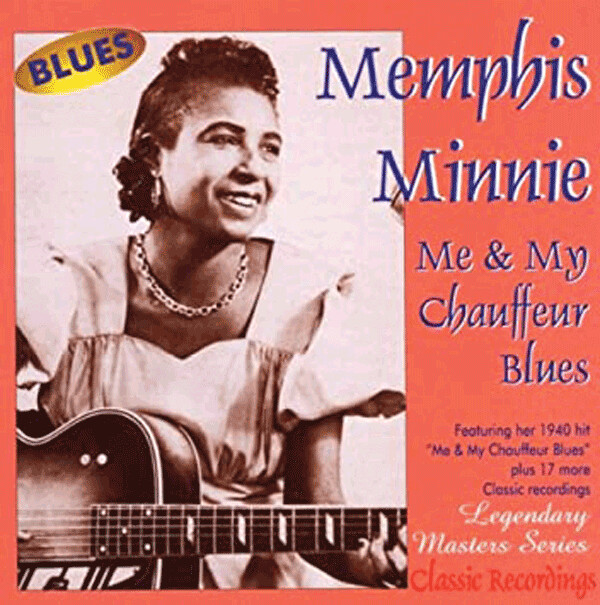
“Me and My Chauffeur Blues” (single), Memphis Minnie (1941): Lizzie Douglas, better known as Memphis Minnie, was born circa 1897 in Algiers, Louisiana. She took up guitar as a child after her family moved to the Memphis area in 1904 and was singing and playing on Beale Street by the age of 13. She started recording under the name “Memphis Minnie” for the Columbia label in 1929 and went on to record more than 200 songs. “Me and My Chauffer Blues” showcases her aggressive and uncompromising vocal delivery and stinging guitar work. It also is her best-known song, thanks in part to later covers by Big Mama Thornton, Nina Simone and Jefferson Airplane.

The 1951 National League Tiebreaker: New York Giants vs. Brooklyn Dodgers — Russ Hodges, announcer (Oct. 3, 1951): In 1951, the New York Giants won 37 of their final 44 games to catch their crosstown rival Brooklyn Dodgers, forcing a three-game playoff for the National League pennant. The teams split the first two games, setting up the decisive tiebreaker at the famed Polo Grounds. In the bottom of the ninth inning, the Dodgers led 4 to 1. The Giants had scored a run and had runners at second and third with one out when third baseman Bobby Thomson stepped into the batter’s box. Ralph Branca’s first pitch was a called strike. As he released his next pitch, Giants announcer Russ Hodges said, “Branca throws…” and then shouted, “There's a long drive. It's gonna be, I believe — the Giants win the pennant! The Giants win the pennant! The Giants win the pennant! The Giants win the pennant!”
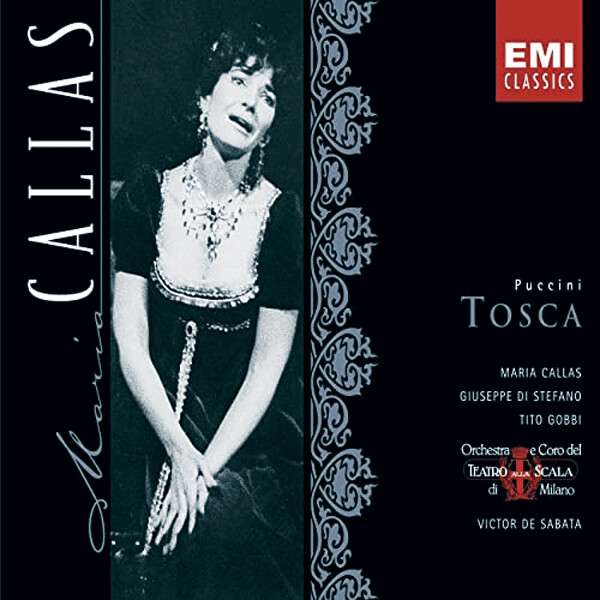
Puccini’s Tosca (album), Maria Callas, Giuseppe di Stefano, Angelo Mercuriali, Tito Gobbi, Melchiorre Luise, Dario Caselli, Victor de Sabata (1953): In 1981, Christian Science Monitor critic Thor Eckert Jr. wrote a critique of the recording history of Puccini’s Tosca and said, “In 1953 Maria Callas, Giuseppe di Stefano, Tito Gobbi, and maestro Victor de Sabata along with the forces of La Scala Opera gathered to make recording history — the finest Tosca of all time, and one of the greatest recordings of an opera on records.” Produced by Walter Legge, the recording captured one of Callas’ greatest triumphs.
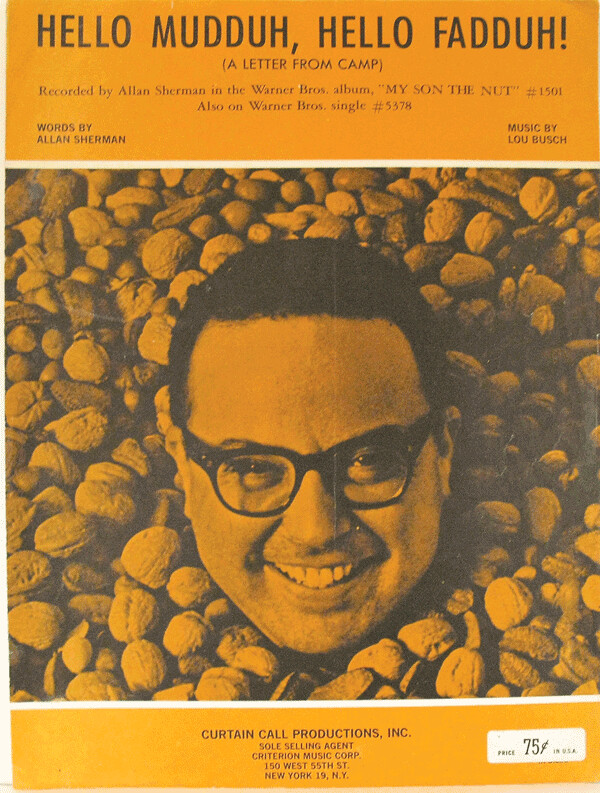
“Hello Muddah, Hello Fadduh” (single), Allan Sherman (1963): “Hello Muddah” is a comic novelty song with lyrics written by Allan Sherman and Lou Busch (to the tune of Ponchielli's “Dance of the Hours”) in which a boy describes his summer camp experiences at the fictional Camp Granada. At the time of the recording, Sherman was an intermittently successful television writer and producer specializing in game shows, while Busch was best known in the persona of ragtime pianist Joe “Fingers” Carr. Sherman’s first two albums, released in 1962 and 1963, topped the charts, but it would be this single from his third album, My Son, the Nut, that immortalized him.
WGBH broadcast of the Boston Symphony on the day of the John F. Kennedy Assassination, Boston Symphony Orchestra (1963): The ageless adage of “drawing comfort through music” had never been more thoroughly tested than on the scheduled afternoon broadcast of the Boston Symphony, with its conductor Erich Leinsdorf, on Nov. 22, 1963. That day, just after concluding Handel’s Concerto Grosso in B flat major and a second short piece, Leinsdorf was forced to break with normal concert protocol and, stoically, address the large audience with a change of program and to share the tragic news of President Kennedy having been killed in Dallas only minutes before. As everyone in the hall — including the musicians — processed this news, the sheet music for the “Funeral March” from Beethoven’s 3rd Symphony was distributed to the orchestra, which bravely performed. The next day, Margo Miller of the Boston Globe reported, “The ‘Eroica’ marcia funebre is one of the great moments in music. The dread beat of the march cannot be disguised. Yet there is a middle section of the movement, a time of incredible energy and involvement, somehow, or so it seemed Friday, expressing eternal hope.”

Fiddler on the Roof (album), original Broadway cast (1964): The character of Tevye the Dairyman was created by Yiddish writer Sholem Aleichem and is an orthodox Russian-Jew who attempts to raise his daughters and lead a humble life under the oppressive reign of the tsar. While the Aleichem stories had been adapted various times before, Tevye’s true entry into the greater public consciousness came with Fiddler on the Roof, the musical adaptation of Aleichem’s stories. Librettist Joe Stein had become a fan of Aleichem’s writing and enlisted the help of composer Jerry Bock and lyricist Sheldon Harnick to create a show that incorporated traditional Jewish music — like klezmer — into a modern musical theater framework in service of a story about old traditions in conflict with the modern world. With direction from Jerome Robbins and opening with Zero Mostel as a riveting Tevye, Fiddler became a massive Broadway success, running for a record-setting 3,242 performances.
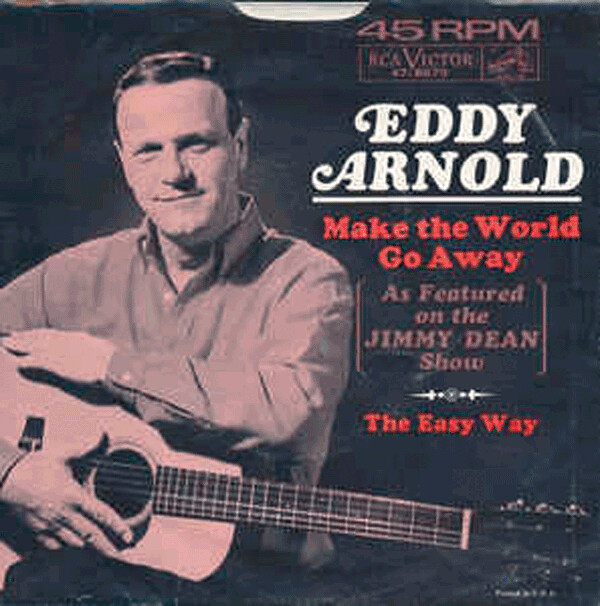
“Make the World Go Away” (single), Eddy Arnold (1965): “Make the World Go Away” brought veteran country hitmaker Eddy Arnold to a new, younger audience and launched what he called his second career. The recording showcased songwriter Hank Cochran’s memorable melody and plaintive lyrics, Arnold’s mellow baritone vocal and the tasteful backing of such Nashville session stalwarts as guitarist Grady Martin, pianist Floyd Cramer and the Anita Kerr Singers, along with an eight-piece string section. “Make the World Go Away” was a prime example of the “Countrypolitan” style of country music and one of the high-water marks of the Nashville sound that producer Chet Atkins and others had pioneered.

Hiromi Lorraine Sakata Collection of Afghan Traditional Music (1966-67; 1971-73): This collection of more than 50 hours of important and unique field recordings from Afghanistan was the research of ethnomusicologist Hiromi Lorraine Sakata. Sakata first researched in Afghanistan in 1966-67 and captured 25 hours of recordings of singers and instrumentalists. Her second trip, from 1971 to 1973, resulted in 26 additional hours of recordings from Herat, Kabul, Badakhshan, Hazarajat and Kandahar. Sakata, a well-known expert in the music of Afghanistan, taught at the University of Washington and the University of California (Los Angeles) for decades.
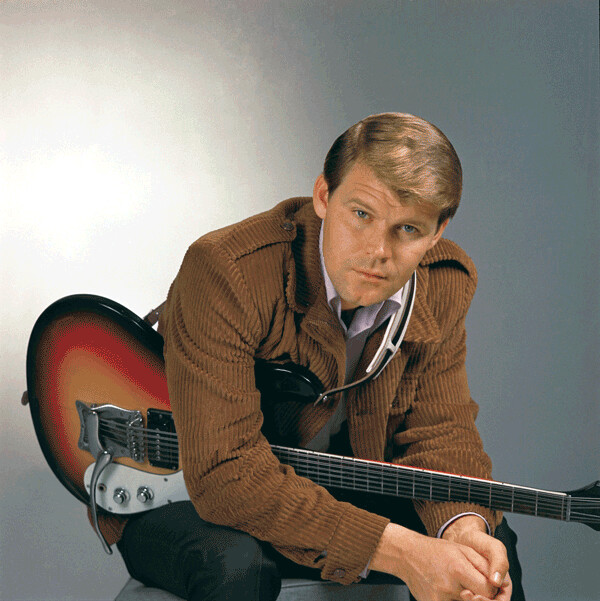
“Wichita Lineman” (single), Glen Campbell (1968): Glen Campbell made a splash on both the country and pop charts and achieved enormous fame in the ’60s and ’70s with a singing style that matched a genial tone with introspective lyrics. Songwriter Jimmy Webb conceived the tale behind “Wichita Lineman” while driving through Washita County, Oklahoma, during a time when counties had their own telephone company utilities and lineman employees. Among the endless lines of poles was a silhouetted lineman who struck Webb as “the picture of loneliness.” Webb placed himself in the man’s head and, with lingering feelings from an affair with a married woman, crafted one of the most beautiful songs to ever climb the charts. With the location changed from Washita to the more euphonious Wichita (of Kansas), “Wichita Lineman” struck listeners with its poetic lyrics about a man attempting to make a romantic connection in the face of his own crippling loneliness.
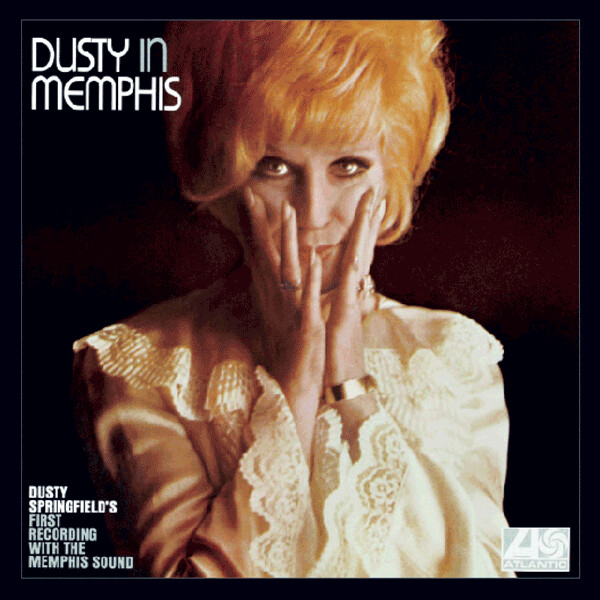
Dusty in Memphis (album), Dusty Springfield (1969): By 1968, London-born singer Dusty Springfield was already a success in the United Kingdom when she came to America to record Dusty in Memphis, which would become the defining album of her career. Three legendary producers were involved in the sessions: Jerry Wexler, Arif Mardin and Tom Dowd. The instrumental tracks were recorded at legendary American Sound Studio in Memphis, featuring the Memphis Cats and backup vocalists, the Sweet Inspirations (which included Cissy Houston, mither of Whitney Houston). Springfield initially recorded her vocals there as well, but reportedly dissatisfied with the results, later rerecorded them at Atlantic Studios in New York City. Though the single “Son of a Preacher Man” was a hit, early album sales proved modest. Over time, Dusty in Memphis grew in stature to become widely recognized as an important album by a woman in the rock era. Elvis Costello, who contributed the liner notes on the Memphis 2002 reissue, writes, “Dusty Springfield's singing on this album is among the very best ever put on record by anyone.” Her voice, Costello wrote, was “... recorded in the audio equivalent of ‘extreme close-up.’ Every breath and sigh is caught and yet it can soar.”

Mister Rogers Sings 21 Favorite Songs From ‘Mister Rogers’ Neighborhood’ (album), Fred Rogers (1973): Almost two decades after the last broadcast of Mister Rogers’ Neighborhood in 2001, Fred Rogers remains an influential figure in American culture. As an enduring presence on national public television since 1968, Rogers emphasized holistic child development through play, curiosity and human interaction, while fostering emotional intelligence. Rogers held a bachelor’s degree in music composition and aptly leveraged the potential of music to influence emotion, memory and cognitive development by composing prolifically for his program. Certain tunes became synonymous with the program, especially the opening and closing themes as well as “You Are Special” and “I’m Proud of You.” His recitation of his lyrics for “What Do You Do (With the Mad That You Feel)” was a high point of his 1969 testimony before the Senate Subcommittee on Communications that helped save funding for public broadcasting.

Cheap Trick at Budokan (album), Cheap Trick (1978): Though a handful of U.S. critics and devoted fans could have told you about their formidable live performances, Cheap Trick had had, by the late 1970s, very little impact at home. But they were already huge in Japan. In 1978, at the Budokan in Tokyo before 12,000 ardent fans, the band recorded this seminal live album, which was originally meant solely for sale in the Japanese market. But stoked later by word-of-mouth and airplay on a few U.S. FM rock stations, high-priced imports of the album began to sell in unheard-of numbers for a Japanese release in the U.S. Further airplay and interest increased when Epic, the band’s record company, serviced radio stations with a promotional version of the album unavailable in stores before finally releasing Cheap Trick at Budokan domestically in February 1979. It proved to be the making of the band in their home country, as well as a loud and welcomed alternative to disco and soft rock and a decisive comeback for rock and roll.
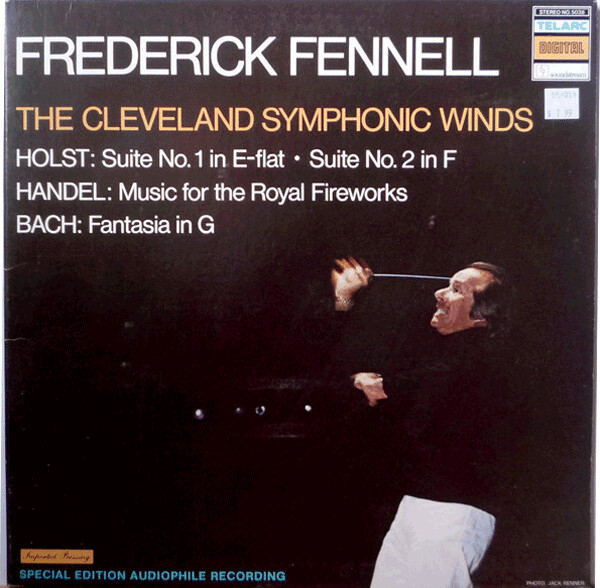
Holst: Suite No. 1 in E-Flat, Suite No. 2 in F / Handel: Music for the Royal Fireworks / Bach: Fantasia in G (special edition audiophile pressing), Frederick Fennell and the Cleveland Symphonic Winds (1978): This recording was the first commercial digital recording of symphonic music in the United States and was captured on the Soundstream recorder, the first available commercial digital recorder, introduced by U.S. inventor Thomas Stockham. The original recording was released to vinyl in 1978 and then again in 1983 as the first CD release for the U.S.-based Telarc label. The recording was produced by Robert Woods and engineered by Jack Renner, co-founders of the Telarc label. Telarc and Soundstream worked together, increasing the capability of the Soundstream recorder, and the results had an immediate impact on audiences around the globe. The World Book Encyclopedia described this recording as having “the bass drum heard around the world.”

“Y.M.C.A.” (single), Village People (1978): In 1977, the Village People emerged as a purposely campy and extravagantly costumed vocal sextet of guys — the Native American, the cop, the biker, the soldier, the cowboy and the construction worker — singing upbeat dance floor anthems that often referenced gay pop culture. “Y.M.C.A.,” their biggest hit, is an American cultural phenomenon — people from all walks of life do the “Y.M.C.A.” dance at weddings, Bar Mitzvahs or sporting events.
A Feather on the Breath of God (album), Gothic Voices; Christopher Page, conductor; Hildegard von Bingen, composer (1982): Twelfth-century Benedictine abbess Hildegard von Bingen is the earliest known woman composer whose works have survived to present day. She was a writer, philosopher, Christian mystic and visionary as well — the title of the album is a quote from one of her writings. Her repertoire had been ignored for decades until the release of this beautiful recording by the award-winning Gothic Voices, directed by Christopher Page and engineered by Tony Faulkner. This was Gothic Voice’s first recording; it also marked the beginning of Gothic Voices as a permanent group.

Private Dancer (album), Tina Turner (1984): Tina Turner survived a brutal marriage to reclaim fame and obtain recognition as a solo artist and a superstar in her own right with this timeless 1984 comeback album. After several solo projects she released following her divorce from Ike Turner failed to sell, Turner was without a recording contract when John Carter signed her to Capitol Records in 1983 and she began work on Private Dancer in England. Propelled by the lead single, “What’s Love Got To Do With It?” (later the title of the big screen biopic about Turner’s life), Private Dancer revealed Turner as a mature and versatile singer. Since then, the album and its song cycle have become a touchstone and a symbol for powerful womanhood.
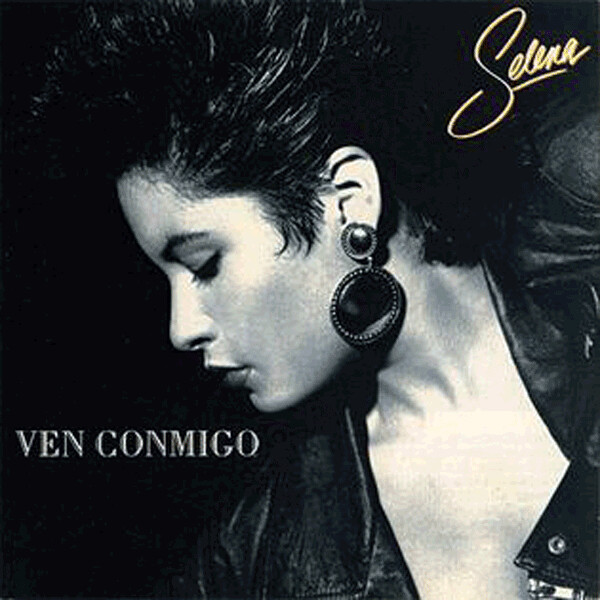
Ven Conmigo (album), Selena (1990): This 1990 album by Selena Quintanilla, known to millions of fans simply as Selena, was the first Tejano record by a female artist to achieve gold status. The album also marks a turning point both in Selena’s career and within the Tejano music genre — as it brought the music to a wider American audience and upended the dominance of male-led acts within the genre.
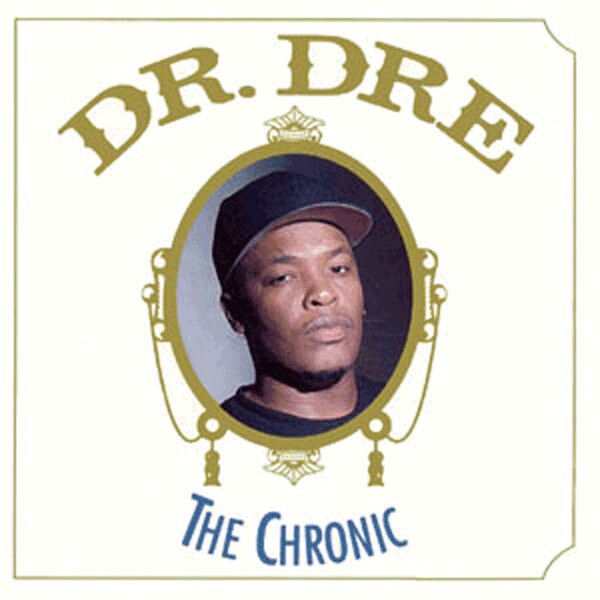
The Chronic (album), Dr. Dre (1992): The Chronic is the 1992 solo debut album of hip-hop artist and producer Dr. Dre, a former member of N.W.A. Along with exemplifying the “G Funk” style of hip-hop production, it solidified the West Coast’s dominance of the genre, and its influence would be heard for years to come. The Chronic also featured appearances by future superstar Snoop Dogg, who used the album as a launching pad for his own solo career.
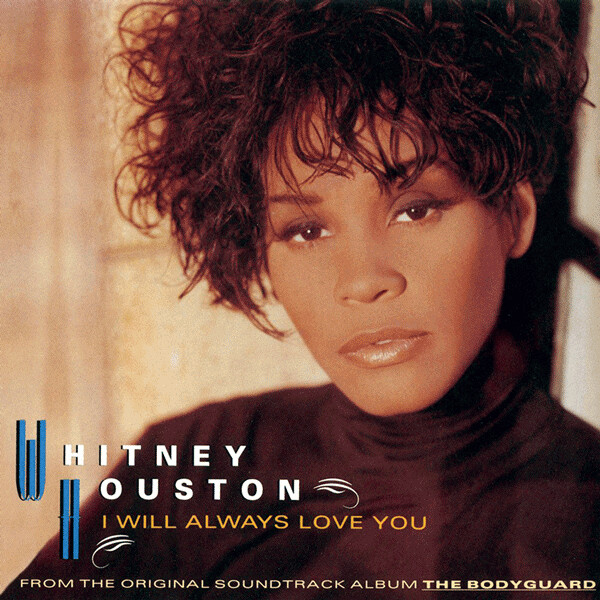
“I Will Always Love You” (single), Whitney Houston (1992): Inspired in part by the end of her musical partnership with Porter Wagoner, this song had been a big hit on the 1974 country charts for its writer, Dolly Parton. Later, it would become one of her signature compositions. In the early ’90s, actor Kevin Costner suggested that pop diva Whitney Houston record it for the soundtrack of their forthcoming film, The Bodyguard. Already recognized as one the great voices of her generation, Houston took the song and made it her own. The recording would eventually become Houston’s signature song and sell upwards of 20 million copies.
Percussion Concerto (album), Colin Currie (2008): A drummer’s dream, Jennifer Higdon’s composition Percussion Concerto received a Grammy in 2010. It began its life as a co-commission between the Philadelphia Orchestra, the Indianapolis Symphony Orchestra and the Dallas Symphony Orchestra. Tim Smith of the Baltimore Sun wrote that the one-movement work “unleashes a kinetic storm of urban beats, balanced by passages of Asian-influenced musings that exploit the most seductive qualities of the diverse percussion instruments assigned to the soloist.” This 2008 recording by percussionist supreme Colin Currie — indeed, the piece was written for him — captures his great virtuosity. The piece would go one to win the Grammy for Best Classical Contemporary Composition.
| Tweet |


